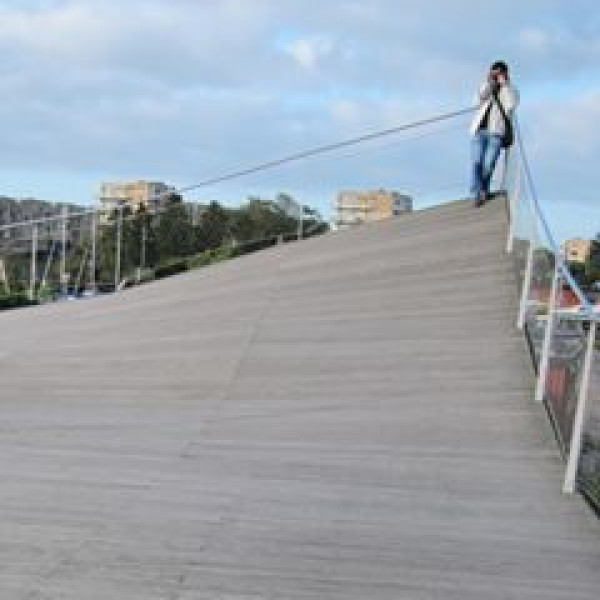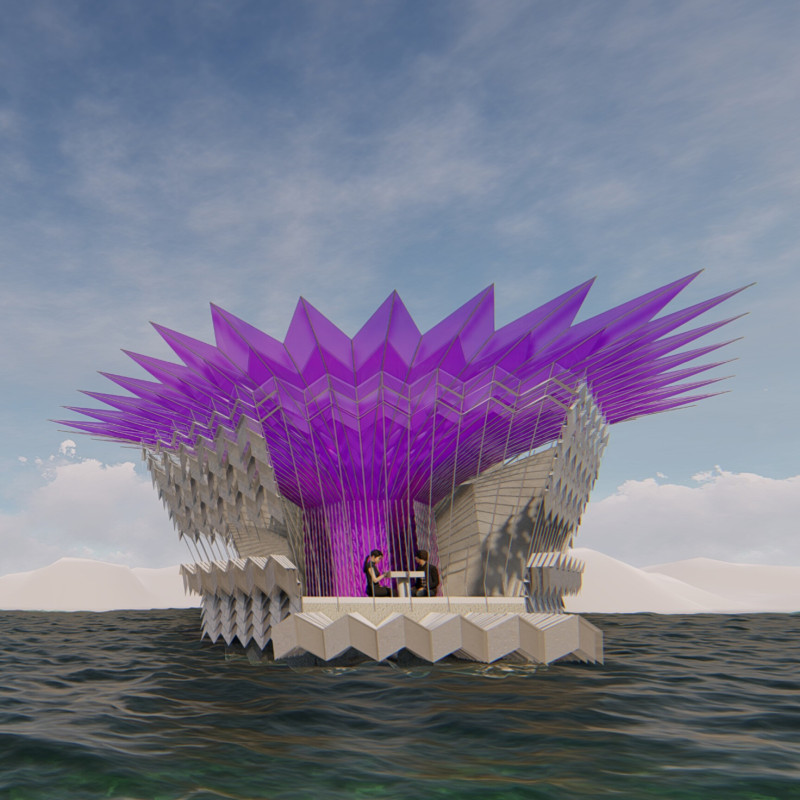5 key facts about this project
At its core, the design embodies a modern interpretation of space, characterized by clean lines and an open-plan layout that invites natural light to permeate the interior. This design choice not only enhances the atmosphere within the structure but also promotes sustainability by reducing reliance on artificial lighting. The integration of large windows serves as both a visual anchor and a conduit for the surrounding landscape, blurring the line between indoor and outdoor environments.
A careful selection of materials underpins the ethos of the project. Elements such as locally sourced timber, recycled steel, and sustainably produced concrete are employed thoughtfully to construct an environment that is both environmentally conscious and visually cohesive. Each material speaks to a commitment to sustainability while providing a tactile quality that enriches the user’s interaction with the space. The use of timber adds warmth, while exposed steel accents contribute a modern industrial aesthetic, creating an intriguing juxtaposition that highlights the design's complexity.
The project's layout is particularly noteworthy, as it encourages a fluid movement through different spaces. Common areas are strategically placed, enabling seamless transitions from one function to another, whether it be from a collaborative workspace to a quiet nook for reflection. The design considers user experience at every juncture, accommodating different modes of engagement and interaction among occupants. This attention to detail reflects a comprehensive understanding of the needs of its users, showcasing a user-centric approach to architectural design.
Unique design aspects also include the incorporation of green roofs and vertical gardens, reinforcing the project’s commitment to biophilic design principles. These elements not only enhance the aesthetic value of the structure but also contribute to biodiversity and provide thermal benefits for the building. By promoting the presence of nature within the architectural framework, the design encourages a deeper connection between the occupants and their environment.
Furthermore, the integration of technology is evident throughout the project. Smart building systems have been embedded within the architecture to facilitate energy-efficient operations while enhancing the overall user experience. Climate-responsive features, such as automated shading and energy management systems, are seamlessly integrated, allowing for adaptive use of resources in alignment with environmental conditions.
As visitors explore the project, they will notice the strategic crafting of spaces that extend beyond traditional boundaries. The design emphasizes not just architectural form but also the experience of movement and interaction. It serves as a testament to modern architectural ideas that prioritize sustainability, functionality, and aesthetic harmony.
This project embodies a phase in architectural evolution where the environment and human experience are placed at the forefront of design considerations. By engaging with the architectural plans, sections, and detailed design elements presented, readers will gain deeper insights into the thought processes that shaped this innovative structure. Exploring these facets will provide a more holistic understanding of the project’s intent and the unique characteristics that define its architectural narrative.


 Chi Sing Lo
Chi Sing Lo 























